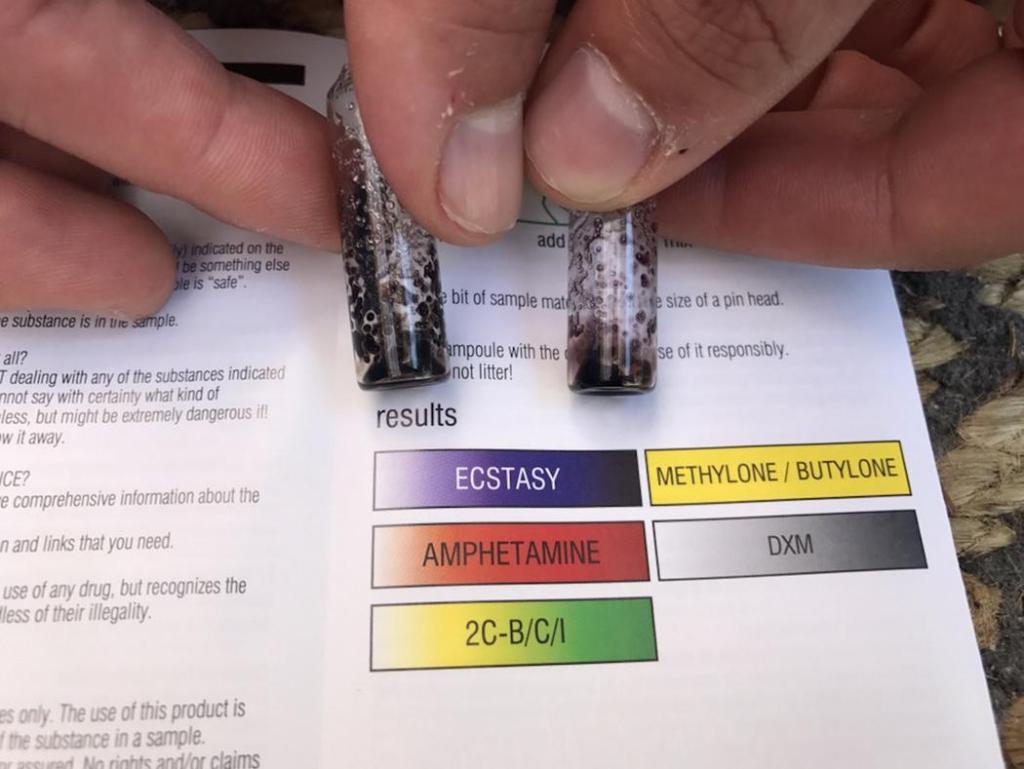This article is part of the VICE MDMA Census. See the results for cities all around Australia here.
So, you’re reading an article from The VICE MDMA Census and you’ve stumbled upon a chemical you’ve never heard of. Then you’ll need a glossary. Here are the five contaminant chemicals we were able to test for, curated from the most common to the least.
Videos by VICE
DXM (Dextromethorphan)
Found in 37.5 percent of samples
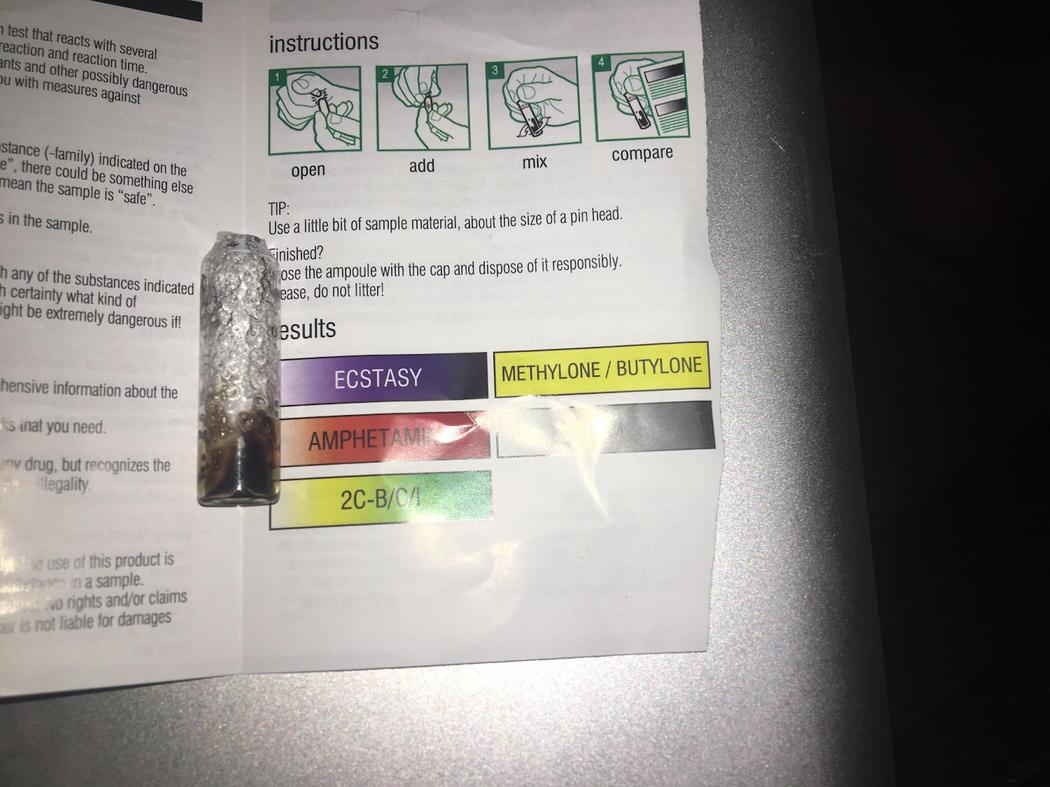
Results found in Perth

Results found in Perth
DXM is a morphinan, meaning it shares a chemical structure with a range of other psychoactive drugs including opiate analgesics and dissociative hallucinogens. On the legal market it’s used in low doses as a cough suppressant, and appears in a range of over the counter cough medications. In higher doses it provides a stimulant effect, which is why it frequently masquerades as MDMA, but comes with the risk of affecting the respiratory system. DXM also comes with a relatively low toxicity level, so overdosing is not unusual. Signs of overdose include the usual list of dizziness, vomiting, nausea, and skin rashes. The psychological effects of an overdose can also be terrifying, as this (unverified) post on Erowid makes clear.
MDMA (3,4-Methylenedioxymethamphetamine)
Found in 28 percent of samples
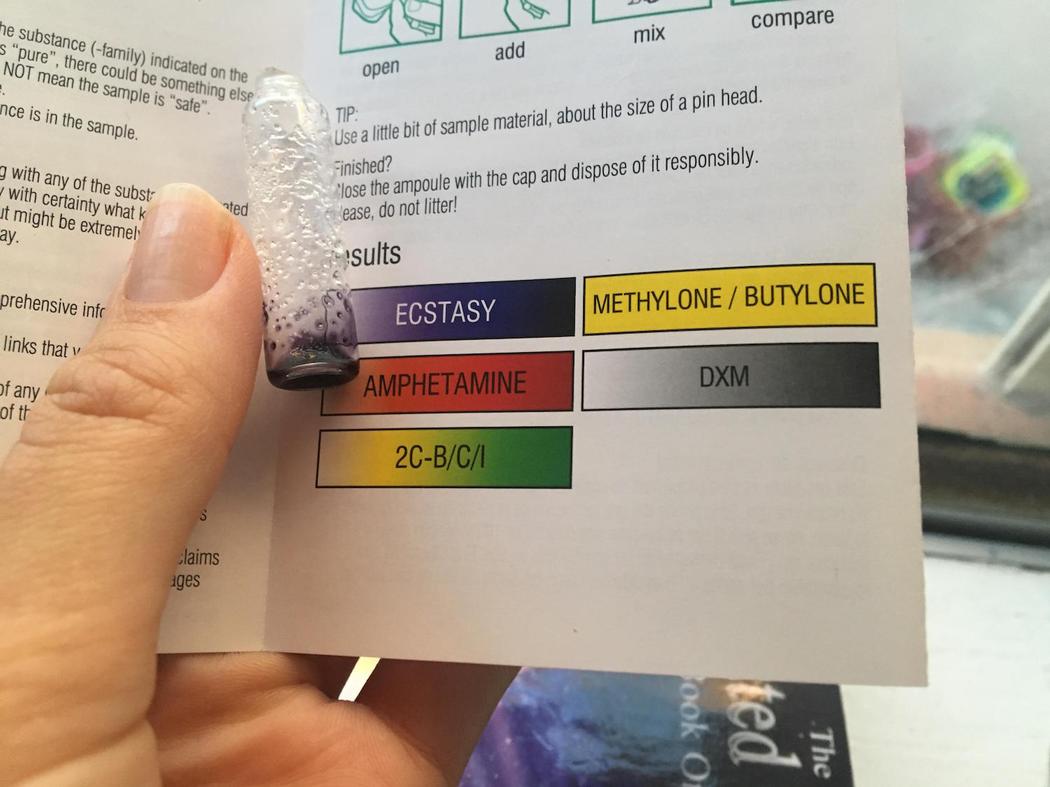
Results found in Perth
Yes, we know that you know what MDMA is. But do you? Because first of all, caps of MDMA and tablets of ecstasy should contain the same active ingredient. That is, the traditional active ingredient in ecstasy is MDMA. There’s been some confusion about that in the past few years because they look so different, but nope. Ecstasy pills just come out of a pill press so the brown crystals you get in caps become kind of buried.
MDMA was first patented as a diet pill by the German pharmaceutical company Merck in 1912. It’s basically a proto-amphetamine, and currently serves no accepted medical purpose. Its sole market is recreational, despite the fact it’s been a class 1 drug for most of the 20th century.
There’s no evidence that moderate use (less than 50 doses in a lifetime) causes long term damage, although heavier, prolonged usage reliably affects brain function. High doses of MDMA have been shown to cause brain lesions in both humans and animals.
Amphetamine
Found in 21.8 percent of samples

Results found in Perth
Amphetamine is a potent stimulant that hijacks the brain’s reward system by upping the dopamine fed into synapses, increasing energy and alertness.
Developed in 1887, amphetamine is a relatively old drug with well understood neural effects and toxicity levels. It’s prescribed for the treatment of ADHD and is the main ingredient in medications such as Adderall and Dexedrine. On the black market speed was traditionally made from powdered amphetamine. These days however, speed is more likely to be methamphetamine.
2C-B (2,5-dimethoxy-4-bromophenethylamine)
Found in 9.375 percent of samples
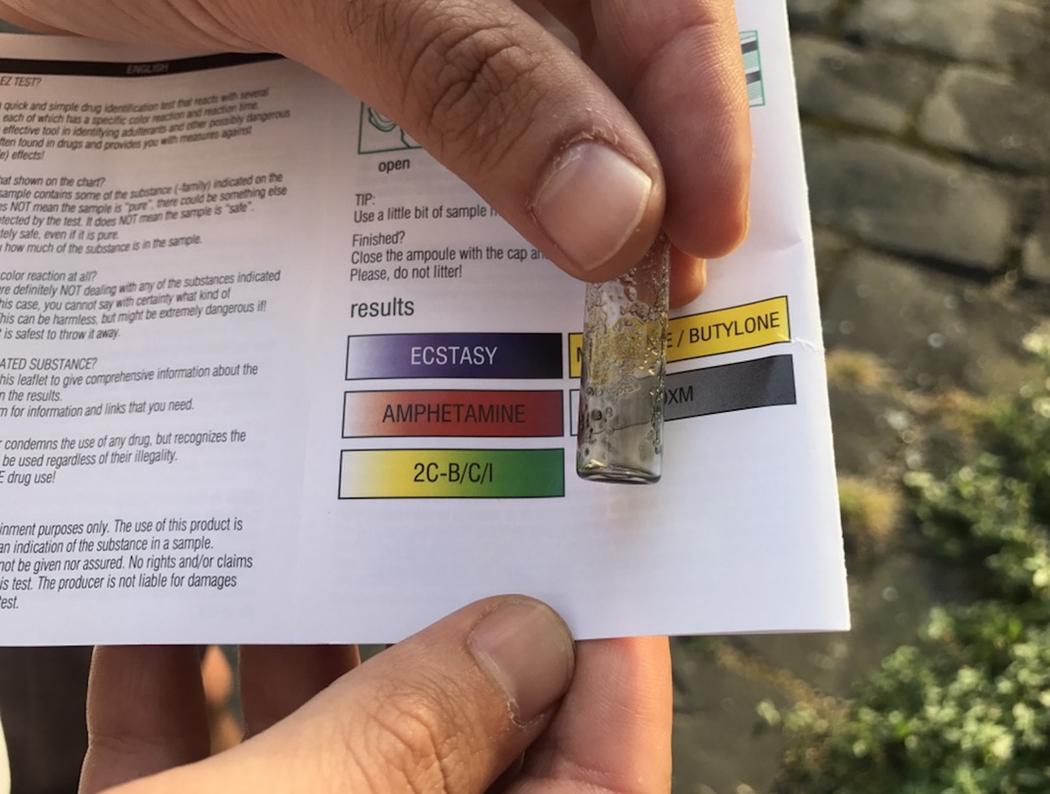
Results found in Geelong
2C-B is something of a dark horse in that it’s relatively new (it’s been around since 1974) and there have been few studies into its long-term effects. The drug was first popularised in the 1980s as a MDMA replacement, although it’s far more hallucinogenic. Its inventor, the famed Alexander Shulgin, wrote that at doses higher than 30 mgs “2C-B is intensely hallucinogenic, and, like any major psychedelic, can be frightening for certain people.”
Side effects of 2C-B include body tremors to mild muscle spasms. Some users have also reported diarrhoea and headaches, although the major danger is that an accidental dose of 2C-B can exacerbate pre-existing mental health problems. If you’ve ever found yourself tripping after taking what you thought was a pill, you’ll know how unsettling this can be.
Methylone (3,4-methylenedioxy-N-methylcathinone)
Found in 3 percent of samples
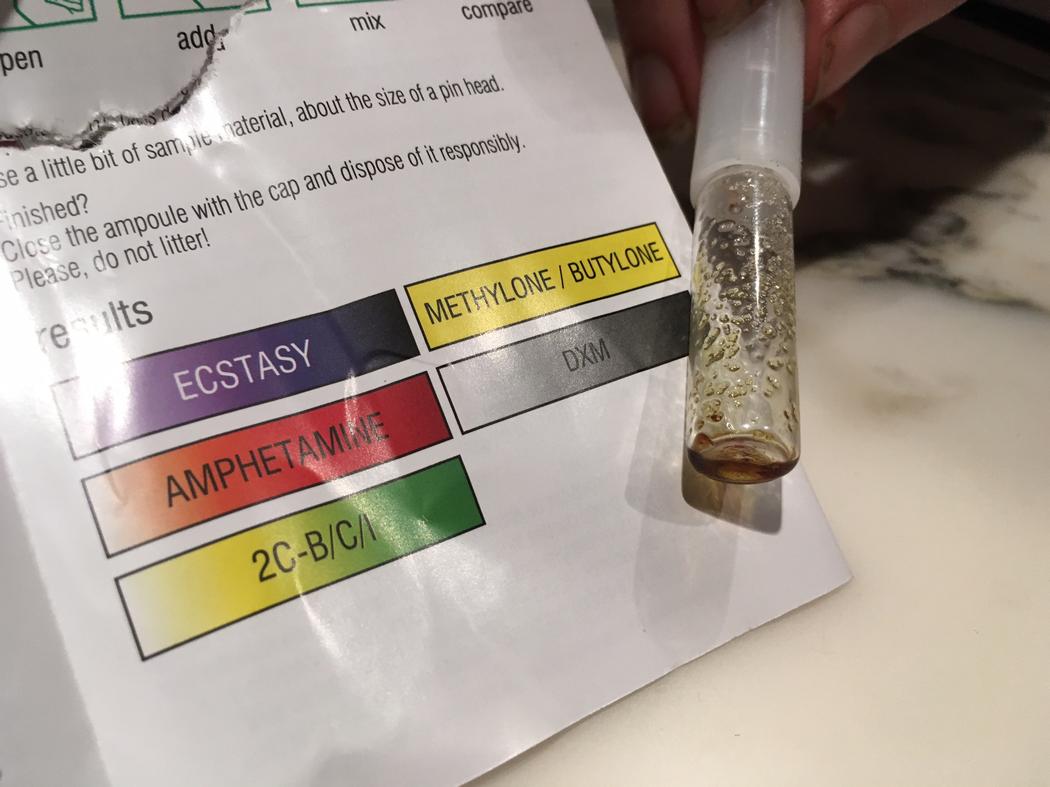
Results found in Geelong

Results found in Geelong
On a molecular level Methylone is almost identical to MDMA, which explains why it’s often sold legally as bath salts. In terms of brain pathways, it functions in most of the same ways as MDMA, although Methylone is a far more recent drug so its long-term effects are unknown. Despite this, The Poison Review has published three unconfirmed Methylone overdoses, two of which seem to indicate that users died from overheated core temperatures (hyperthermia).
Disclaimer: We aren’t scientists. We ran a handful of tests, in a handful of cities, over the course of a few nights. These kits aren’t going to be able to tell you whether your MD is “pure,” nor will they identify the presence of some non-testable poison. Plus, there’s no guarantee you have the same MD—drugs differ from place to place, night to night. But you already knew that.
Note: These articles were made possible by EZ Test who donated all testing kits free of charge.
More
From VICE
-

(Elsa via Getty Images) -

Bobby Flay (Photo by Denis Contreras/Getty Images for SOBEWFF®) -

-

Gary Gershoff/Getty Images
